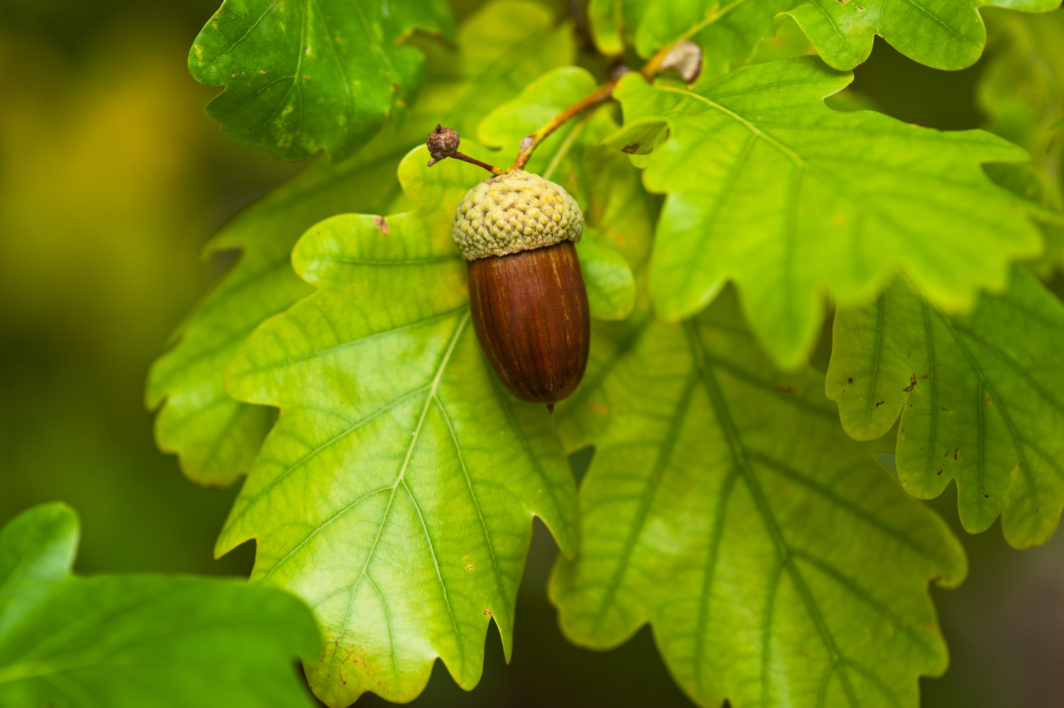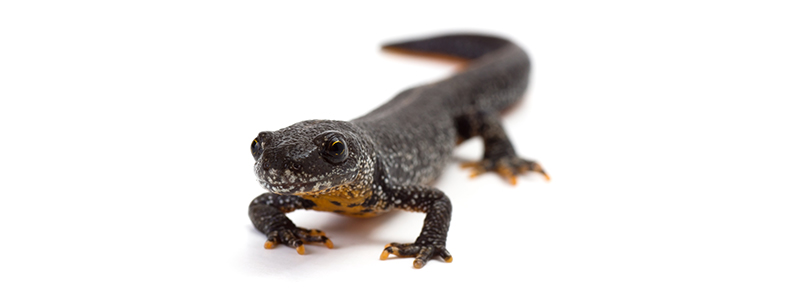We all understand the importance of protecting our wildlife. Many of us can easily do our part, by creating our very own wildlife friendly garden. Of course, attracting the wildlife into your garden not only helps the wildlife populations, it also helps keep garden pests under control too. So, if you’re looking to create a wildlife friendly garden, here’s some … Read More
How to make your garden winter wildlife-friendly
Wildlife-friendly gardening is something we all aspire to do, especially here at Grim’s Dyke. We like to think we’re doing what we can, to help preserve our wildlife friends – and many of you feel the same. The key to a wildlife-friendly garden is to provide plenty to eat and safe hiding places for all kinds of wildlife visitors to … Read More
The mighty English oak tree
When it comes to instantly recognisable trees, the English oak has to be top of the tree. It’s one of the most common tree species in the UK and possibly one of the best-loved too. So, what makes the oak such a special tree? Here’s our compilation of the top ten facts about this wonderful tree. #1: It doesn’t produce … Read More
How and where to spot Muntjac Deer in Harrow
What are Muntjac Deer? Muntjac deer, also known as Mastreani deer and barking deer, (given their repeated loud bark) are exotic looking deer, that can grow up to 52cm at the shoulder and weigh up to 16kg. You can often hear the male buck deer giving a loud bark, the females and kids however, tend to let out squeaks. When … Read More
Great Crested Newts found in Grim’s Dyke
The Great Crested Newt has been in decline during the last century, so we are incredibly lucky to find them, both in our waterways and in the lake, here at Grim’s Dyke. Great Crested Newts are the largest of the UK’s three native species, growing up to 17cm in length. Their decline is, in part, due to the deterioration and … Read More






